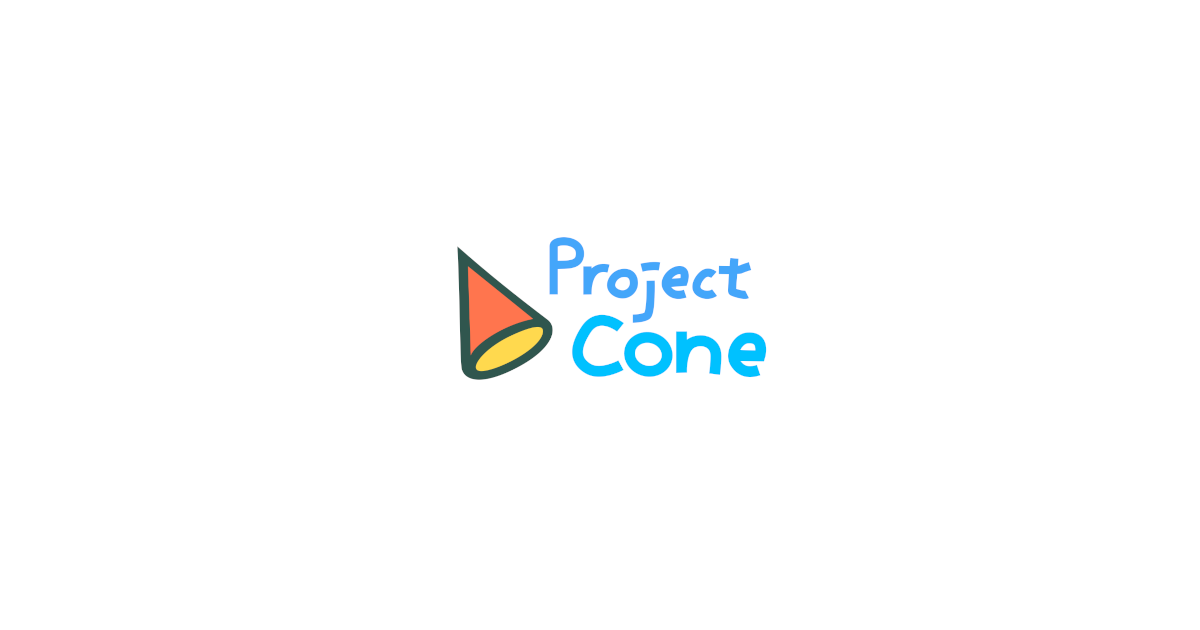Project: Cone Server Setup Guide [v0.85.2]
This page is written with the assumption that the person building it has some level of development knowledge, so it may feel a bit difficult.
Setting Up the Server
You can get the project from this link.
You can clone the project using the following command:
1
git clone https://github.com/is2you2/pjcone_server.git
Server Configuration
The overall server configuration is managed through the docker-compose.yml file. It can be configured using either docker-compose or podman-compose.
If the user changes the configuration of each server, the docker-compose.yml file may need to be updated accordingly.
SSL Configuration
The secure server/client setup is optional. The app can be used in an insecure state in case you’re using an internal network, but some features may be restricted depending on the browser’s default security settings.
In general, accessing a lower security level from a higher security level is allowed (http -> https (o)), but accessing a higher security level from a lower security level is prohibited (https -> http (x)). If you plan to set up a non-secure private server, configuring a private client page is mandatory.
To obtain a domain address for security setup, it’s recommended to get a DDNS from noip (renewal required every month).
For SSL keys, it’s recommended to obtain them from Let’s Encrypt. You can set up and run the prepared certbot/docker-compose.yml file to obtain them (renewal required every 3 months, and it can be used together with noip).
Alternatively, you can run the uploader/custom_ssl.sh file to generate a custom SSL key pair.
Nakama
Nakama is an open-source game server that provides features such as user management and channel management.
There are technical comparison documents with major backend services:
To my knowledge, Nakama is the first open-source server of this scale. I personally recommend it.
Configuration
Server settings can be configured in the nakama/data/pjcone.yml folder. Please refer to the server configuration page for guidance.
Admin Settings
Once the server is running, you can access the server console via [server address]:7350 (or a custom port). Admin account details can be changed in the configuration file, and the password must be at least 8 characters long to log in.
By registering your server through the client page and logging in, your account will appear under the “User Accounts” tab.
To grant yourself admin privileges, go to the account details and enter the following in the metadata field (the widest input box at the bottom):
1
{ "is_admin": true }
From the next login, you will have server admin privileges and be able to manage the server through the client app’s settings screen.
Custom Server Functions
Users can add their own functions to the server under the data/modules/ folder to perform specific tasks. For example, server-side filtering can be implemented when a user sends a profanity-laden message.
For custom configurations, refer to the server framework page.
coturn
This is a signaling server to assist with WebRTC relays.
Configuration
It can be configured through the data/turnserver.conf file. For detailed instructions, please refer to the official configuration guide.
nodejs
This server handles everything not covered by the previous two servers. It is used for file uploads, non-member channels, private client pages, etc.
Configuration
You can modify settings in the uploader/config.txt file. The configuration options are as follows:
1
2
3
4
5
6
7
8
9
10
[Operation]
UseSSL=true # Whether SSL security is enabled (SSL keys must be ready)
UseCustomSite=true # Whether to use a private client page
BlockAnonymous=true # Whether non-members can create channels. If set to false, non-members can only join existing channels.
[Port]
SitePort=12000 # Private client page
cdnPort=9001 # File upload
apachePort=9002 # File posting and downloading
squarePort=12013 # Square channel
Additional Resources
Once the server is set up, you can use it personally or invite others to use it.
- Use it as a communication tool for a development team (additional features and detailed documentation)
